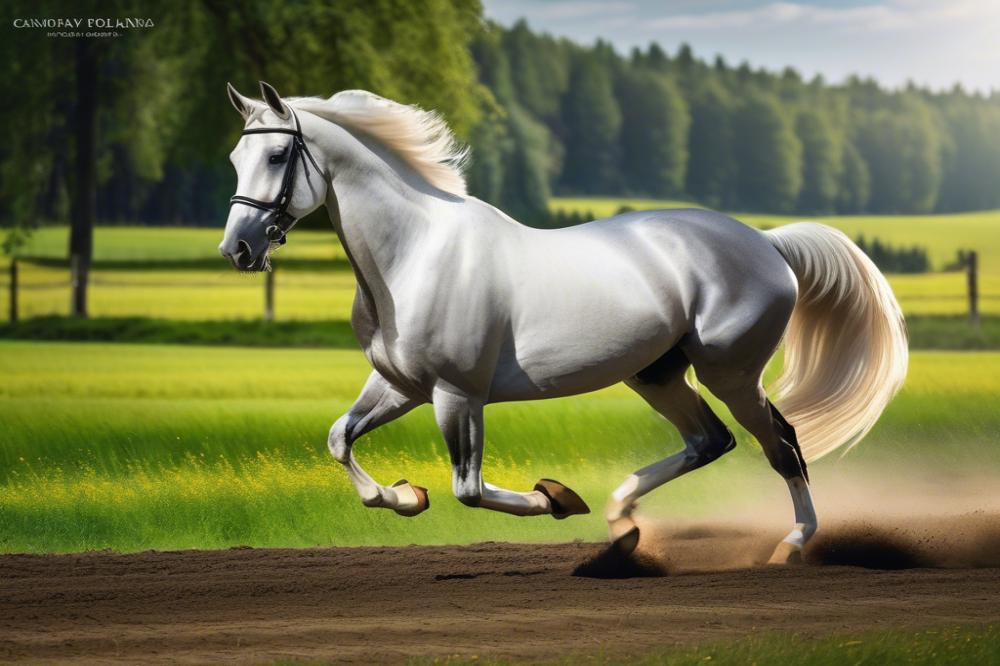Introduction
Horses have held a prominent place in many cultures throughout history, serving various roles from transportation to companionship. They symbolize power, freedom, and grace in numerous societies. Each culture has its own way of honoring these magnificent creatures, often reflecting its values and traditions.
In Poland, the connection to horses goes deep. The country’s rich equestrian history showcases a long tradition of horse breeding, riding, and training. Many famous breeds originated in this region, highlighting Poland’s unique place in equestrian circles. Recognizing horses in Poland helps us appreciate their importance not just domestically but also on a global scale.
Understanding the significance of horse culture in Poland allows for a broader perspective on how it integrates with the nation’s identity. This exploration sheds light on how Polish society interacts with these animals. Furthermore, it emphasizes the vital role horses play as symbols of resilience, strength, and collaboration. By delving into the history and traditions surrounding horses, we connect the past with the present and envision the future of horseback riding and care in Poland.
Polish equestrian history
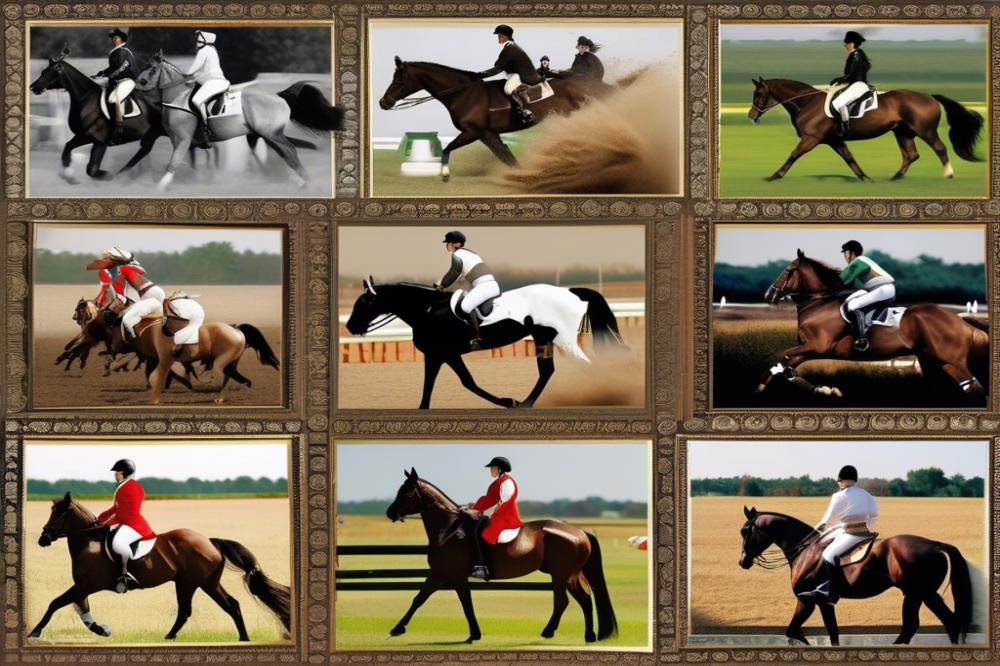
Horses have played a crucial role in Poland’s history. They contributed to agriculture and transportation for centuries. This relationship enriched Polish culture and social structure. Throughout the ages, horses became symbols of freedom and bravery. Events like wars saw these animals as vital allies. Cavalry units often relied on the speed and strength of their steeds.
Equestrian traditions in Poland are vibrant and diverse. Each region has developed its own customs and practices. Festivals often feature horse shows, showcasing the bond between rider and mount. Celebrations highlight the importance of horses in everyday life. Polish folk art frequently depicts these magnificent animals. They are seen in paintings, sculptures, and crafts that date back generations.
Life in Poland has been shaped significantly by equestrian culture. Horses were essential to both rural and urban communities. Their strength aided farmers in tilling fields and transporting goods. Urban folks also benefited through trade and communication facilitated by horses. The beauty of horses can be seen reflected in local folklore, songs, and stories passed down via oral traditions.
Many equestrian styles have emerged over the years. Poland is home to unique riding disciplines that showcase traditional techniques. One of these, the art of currying, highlights grooming practices that strengthen the rider-horse relationship. Dressage and show jumping also enjoy popularity within the country. Such activities represent not just sport, but also a deep respect for these animals.
Various horse breeds thrive in Poland, each with its own rich heritage. The Arabian and Polish Coldblood are just two examples of breeds known worldwide. Their characteristics contribute greatly to equestrian sports and leisure riding. Polish breeding programs aim to preserve and enhance these traits for generations to come. Thus, horses remain an integral part of Poland’s identity.
Horse Symbolism in Poland
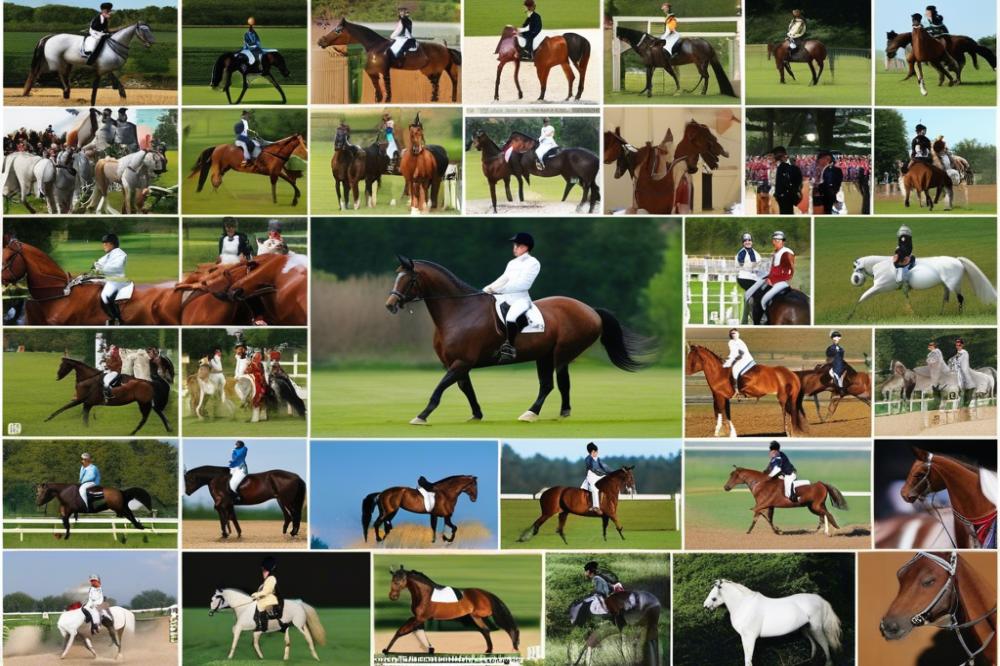
In Polish folklore and mythology, horses hold a special place. Many stories feature these majestic animals as powerful symbols. For instance, the legendary figure of the Winged Hussar often rides a striking steed. This imagery paints a picture of valor and heroism in battles.
Freedom is another key aspect associated with horses. Many see them as emblems of liberation from oppression. During various uprisings, cavalry units played a crucial role in Poland’s fight for independence. Furthermore, horses are regarded as noble beings. They inspire respect and evoke a sense of esteem beyond their physical presence.
The Horse in Cultural Context
Strength can be found in the symbolism of horses, too. They represent not only physical power but also resilience. Throughout Polish history, horses have been depicted as loyal allies of warriors. Their contribution to agricultural life also highlights their importance in everyday society.
Examples of these themes can be seen in Polish art and literature. Renowned painter, Wojciech Kossak, created numerous works showcasing horses amid battle scenes. These paintings capture the deep bond between rider and mount. In literature, horses often serve as companions in tales of adventure and resilience. Authors celebrate their grace and spirit, reflecting Poland’s rich equestrian heritage.
Overall, the significance of horses in Polish culture is wide-ranging. They embody freedom, strength, and a sense of nobility. This unique connection underscores their importance in shaping the nation’s history and identity.
Polish Horse Breeds
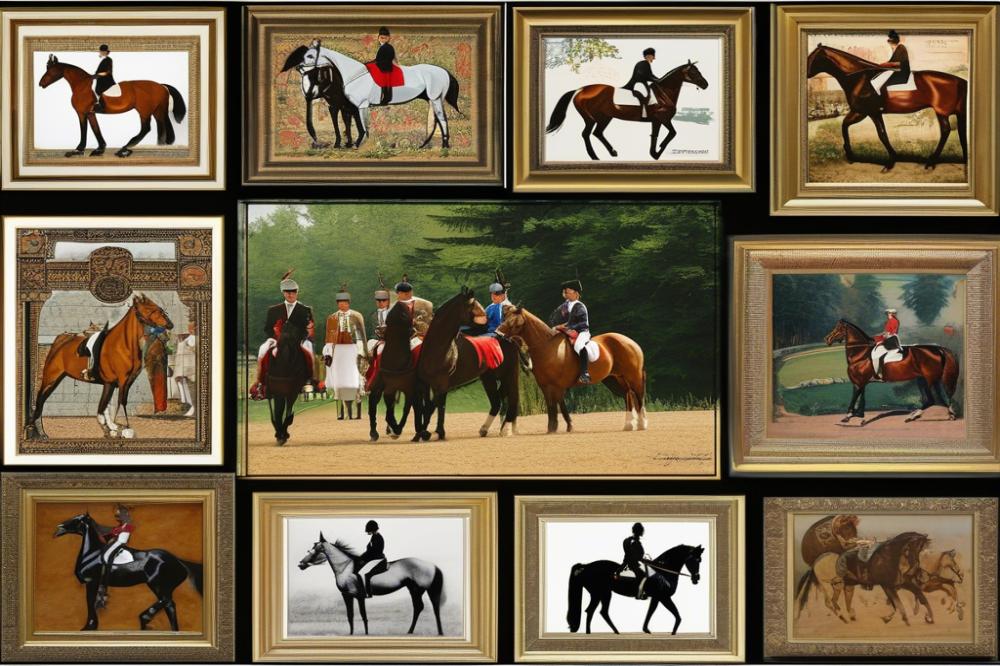
Poland is home to several indigenous horse breeds, each with its own deep-rooted history. The most well-known breeds include the Arabian, the Wielkopolski, and the Małopolski. These breeds are not just animals; they symbolize a rich heritage linked to the land and culture. Understanding these breeds provides insight into how they have shaped equestrian practices over centuries.
Characteristics of these horses vary greatly. The Arabian is famous for its endurance, speed, and intelligence. In contrast, the Wielkopolski is recognized for its versatility and strength, making it suitable for various disciplines. Małopolski horses combine both traits, excelling in both riding and work. Such diversity highlights their importance in different equestrian disciplines, ranging from racing to dressage.
Polish horses have significantly contributed to the world of equestrian sports. The Arabian’s superior genetics have influenced many breeding programs across Europe. Events featuring these breeds, especially dressage competitions, showcase their grace and agility. Additionally, the versatility of the Wielkopolski allows it to serve in various roles, from agricultural tasks to competitive sports.
These horse breeds reflect Poland’s history and culture. They have been part of traditional practices and celebrations for centuries. The connection between horses and people runs deep. Equestrian activities continue to evolve, but the foundation laid by these breeds remains strong.
In summary, the indigenous Polish horse breeds are a vital part of the equestrian landscape. Their unique characteristics have allowed them to thrive in numerous disciplines. As Poland continues its equestrian journey, these breeds remain at the forefront, celebrating both the past and the future.
Cavalry Legacy and Historical Riders
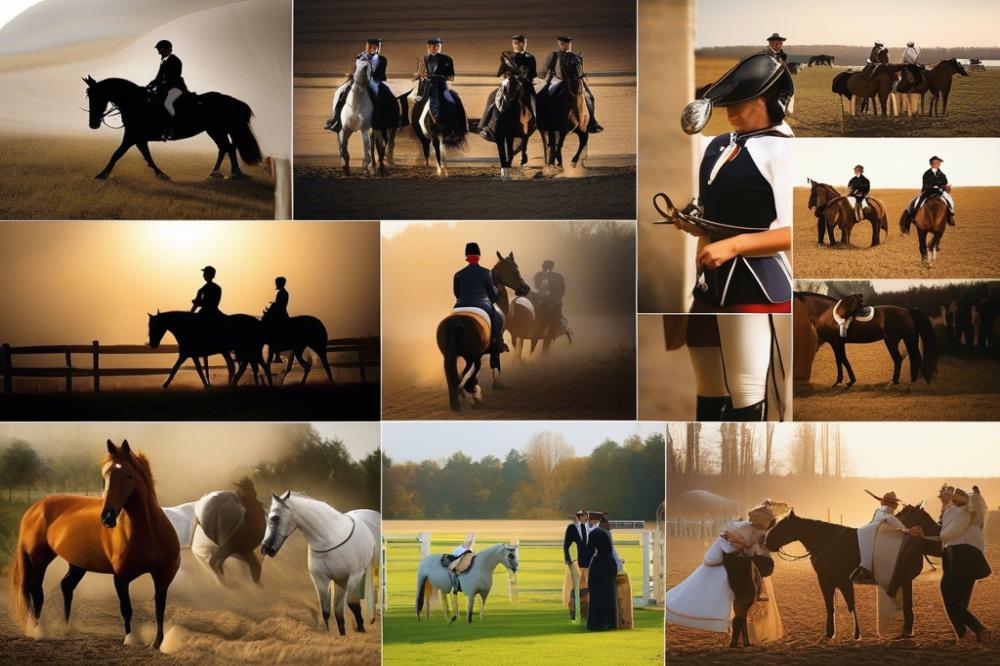
The Historical Context of Polish Cavalry
Poland has a rich history of cavalry. For centuries, mounted warriors played a key role in protecting the nation. The Polish cavalry was renowned across Europe. They had unique strategies and a strong sense of honor. Horses were more than just animals; they were partners in battle. This deep bond shaped how cavalrymen rode into conflicts. Their skills and bravery are still celebrated today.
Notable Figures in Polish equestrian history and Their Contributions
Many influential riders have emerged from Poland’s past. One noteworthy figure was Prince Jerzy Mikołaj Radziwiłł. He made significant advances in cavalry tactics. General Tadeusz Kościuszko also deserves mention. His leadership in the American Revolution showed the world the talent from Poland. Contributions extended beyond war, influencing culture. Artists and writers often honored these equestrians through their works.
The Influence of Cavalry Practices on Modern Equestrianism
While horses no longer charge into battle, their legacy lives on. Modern equestrian disciplines, like dressage and show jumping, showcase skills born from cavalry traditions. Riders today can trace techniques back to historical practices. The respect for horses remains a cornerstone of these sports. Both riders and horses share a mutual bond, echoing ancient partnerships. Events and championships keep the spirit alive. Enthusiasts participate in competitions to honor the past as they ride into the future.
Equestrian Events and Festivals
Overview of key equestrian events celebrated in Poland
Many significant equestrian events take place in Poland each year. These gatherings showcase a wide variety of horse-related activities. The most famous event is the International Horse Show in Poznań. This show attracts riders and spectators from around the globe. Another traditional event is the Sopot Horse Show, which features jumping competitions. Locals often come together at these festivals to celebrate their love for horses. Regional fairs also hold equestrian contests, highlighting local talents and breeds. Each event serves as a vibrant reminder of the country’s equestrian heritage.
Importance of horse festivals in preserving traditions
Horse festivals play a crucial role in maintaining age-old customs. Many rituals and practices are passed down through generations during these events. Participants perform traditional horse dances, often dressed in colorful costumes. Such displays breathe life into historical practices that would otherwise fade. Folk songs and dances at these festivals add to the rich tapestry of Polish culture. Families often attend these gatherings, introducing young ones to their equestrian heritage. Each festival becomes a living classroom, teaching the values and history associated with horses.
Role of these events in promoting Polish horse culture
Promoting Polish horse culture happens naturally through these festivals. Spectators can witness the beauty of various horse breeds, such as the Polish Arabian. Competitive events encourage riders to hone their skills and strive for excellence. Local artisans often showcase equestrian gear and crafts, which supports the community. These gatherings also attract tourists, boosting local economies significantly. Through participation and attendance, people gain a deeper appreciation for these magnificent animals. The excitement of the crowd fosters a sense of unity among all who love equestrian sports.
Equine Art and Horse Care Practices
Throughout Polish history, equine art has played an essential role in capturing the beauty and spirit of horses. From ancient sculptures to modern paintings, these works highlight the bond between humans and their equine companions. Artists often draw inspiration from the majestic forms and movements of horses, reflecting their significance in Polish culture. The craftsmanship involved in these pieces shows deep respect and admiration for these animals.
Traditional horse care practices have also undergone noticeable changes over the years. In the past, caring for horses was largely based on instinct and experience. Knowledge about feeding, grooming, and medical care was often passed down through generations. Today, modern techniques and veterinary science have improved how horses are managed. Nonetheless, many age-old practices still hold value among horse enthusiasts in Poland.
Art often reflects the relationship between a community and its traditions. In Poland, the portrayal of horses in art emphasizes their importance not only as working animals but also as symbols of nobility and freedom. Illustrations in historical texts reveal that horses were central to many societal functions. Their presence on battlefields or in agricultural life signifies a deep connection that transcends mere utility.
Riders and caretakers developed routines based on respect and understanding of their horses. This bond is evident through careful grooming habits and training methods. By appreciating the horse’s needs, caretakers can foster a trusting relationship. Whether by using gentle hands or ensuring a calm environment, the interaction becomes a holistic approach to horse care.
The artistic depiction of horses serves as a record of their historical importance. Many paintings and sculptures demonstrate various roles horses played in Polish society. These artworks tell stories that reveal how intertwined horses are with national identity. From victories in battle to peaceful scenes in the countryside, horses symbolize endurance and grace.
In recent years, there has been a revival of interest in traditional horse care methods. Many equestrians embrace techniques from the past while incorporating new ideas. This blend allows for a comprehensive approach to horse wellness. Communities band together to share knowledge, thus preserving the art and science of horse care for future generations. This fusion is seen as a tribute to the legacy of horses throughout Polish culture.
Reflecting on Equestrian Heritage
Throughout history, horses have played an essential role in Polish culture. This connection runs deep, revealing itself in art, folklore, and national symbols. The bond between people and horses has long been celebrated, showcasing the beauty and strength of these magnificent animals. They represent not only power but also freedom and grace, reflecting the spirit of the Polish nation.
Maintaining equestrian traditions remains vital in today’s society. Many communities still hold events, competitions, and festivals that honor this rich heritage. These gatherings serve to educate younger generations about the significance of horse culture. By engaging with these traditions, individuals can foster a greater appreciation for their history and the values instilled by their ancestors.
Ultimately, horses have shaped Poland’s cultural identity in profound ways. They have been allies in battle, companions in everyday life, and icons in stories told across generations. As society evolves, the need to recognize and respect this legacy becomes even more important. Horses will continue to resonate within Polish culture, reminding us of a time when their presence was cherished and revered.

